Nurturing the Ambiguity of the Commons. The New and Contested Meanings of the Mexican Ejido in the Neoliberal Era
Keywords:
privatization, ejido, neoliberal reform, land commodification, regulation pluralityAbstract
This paper is about the meanings of the postrevolutionary ejido in contemporary Mexico and the processes of privatization and commodification that have transformed this form of land-tenure over the past four decades. The ejido was designed to fulfill a social function being the main asset to which any ejidatario
was entitled. A legal neoliberal reform in 1992 overthrew many of the ideological principles of the postrevolutionary regime and allowed the opening of the ejido sector to the market economy. Despite ejido land circulation in a legal real estate market, ejidatarios have established a set of vernacular regulations that
emphasize the collective interest over the individual interest and that also limit real estate speculation. This response has widened, within the Mexican ejidos, the gap between the Law, local rules and social practices.
https://doi.org/10.22380/2539472X26
Downloads
References
Azuela, Antonio. 2009. “El problema con las ideas”. En busca de Molina Enríquez. Cien años de Los grandes problemas nacionales, coordinado por Emilio Kouri, 79-126. México D. F.: El Colegio de México.
—. 2010. “Property in the Post-Procede Revolution: Notes on the Crisis of the Constitutional Idea of Property in Contemporary Mexico”. En Texas Law Review 89 (7): 1915-2010.
Baitenmann, Helga. 1998. “The Article 27 Reforms and the Promise of Local Democratization in Central Veracruz”. En The Transformation of Rural Mexico. Reforming the Ejido Sector, editado por Cornelius W. Myhre, 105-124. La Jolla: Center for U. S.-Mexican Studies.
Baños Ramírez, Othón. 1998. “Procede: Gateway to Modernization of the Ejido? The Case of Yucatán”. En The Future Role of the Ejido in Rural Mexico, editado por Richard Snyder y Gabriel Torres, 32-43. La Jolla: Center for U. S.-Mexican Studies.
Benda-Beckmann, Franz, Keebet Benda-Beckmann y Melanie Wiber. 2006. “The Properties of Property”. En Changing Properties of Property, editado por Franz Benda-Beckmann, Keebet Benda-Beckmann y Melanie Wiber, 1-39. Nueva York; Oxford: Berghahn Books.
Castellanos, M. Bianet. 2009. “Don Teo’s Expulsion: Property Regimes, Moral Economies, and Ejido Reform”. Journal of Latin American and Caribbean Anthropology 14 (2): 144-169.
Cebada Contreras, María del Carmen. 2001. “El crédito rural en la relación estado-campesinado: del control político a la descorporativización”. Ponencia presentada en Latin American Studies Association, XXIII International Congress Session. 6-8 de septiembre de 2001. Washington. Consultado el 15 de junio de 2015. http://lasa.international.pitt.edu/Lasa2001/CebadaContrerasMaria.pdf.
Concheiro Bójorquez, Luciano y Roberto Diego Quintana, coords. 2001. Una perspectiva campesina del mercado de tierras ejidales: siete estudios de caso. México D. F.: Casa Juan Pablos Centro Cultural.
—. 2003. “Estructura y dinámica del mercado de tierras ejidales de la república mexicana”. En Políticas y regulaciones agrarias. Dinámicas de poder y juegos de actores en torno a la tenencia de la tierra, editado por Eric Léonard, André Quesnel y Emilia Velázquez, 157-188. México D. F.: IRD; Ciesas; Porrúa.
Cornelius, Wayne y David Myhrn, eds. 1998. The Transformation of Rural Mexico. Reforming the Ejido Sector. La Jolla: Center for U. S.-Mexican Studies.
Cronon, William. 1983. Changes in the Land. Indians, Colonist and the Ecology of New England. Nueva York: Hill & Wang.
Duch Gary, Jorge. 1995. “Los suelos, la agricultura y la vegetación en Yucatán”. En La milpa en Yucatán: un sistema de producción agrícola tradicional, t. 1, compilado por Xocolotzin Hernández, Baltazar Bello y Tacher Levy, 97-107. Texcoco: Colegio de Posgraduados.
Forrest, David W. 1997. “The Landscape of Maní: Metaphor and the Construction of Community in Yucatán”. Tesis de doctorado, Universidad de Florida.
Gates, William. 1978. Yucatan before and after the Conquest. Nueva York: Dover.
Goldring, Luin. 1998. “Having the Cake and Eating it too: Selective Appropriation of Ejido Reform in Michoacán”. En The Transformation of Rural Mexico. Reforming the Ejido Sector, editado por Cornelius Wayne y Myhrn David, 145-172. La Jolla: Center for U. S.-Mexican Studies.
—. 1999. “La configuración cambiante de los derechos de propiedad bajo la reforma del ejido.” En Reformando la reforma agraria mexicana, editado por Laura Randall, 355-379. México D. F.: Universidad Autónoma Metropolitana.
“Habitantes de Chablekal toman posesión de tierras”. 2014. Infoliteras, 31 de agosto. www.infilliteras.com/noticia.php?id=22853.
Haenn, Nora. 2006. “The Changing and Enduring Ejido: A State and Regional Examination of Mexico’s Land Tenure Counter-reforms”. Land Use Policy 23: 136-146.
Hann, Chris M. 1998. “Introduction: The Embeddedness of Property”. En Property Relations. Renewing the Anthropological Tradition, editado por Chris M. Hann, 1-47. Cambridge: Cambridge University Press.
Hernández Xolocotzin, Efraím. 1996. “Racionalidad tecnológica del sistema de producción agrícola de roza-tumba-quema en Yucatán”. En La modernización de la milpa en Yucatán: utopía o realidad, editado por Zizumbo Villareal, 187-193. Mérida: Centro de Investigaciones Científicas de Yucatán.
Instituto Nacional de Estadística y Geografía (Inegi). 2010. “Marco geoestadístico municipal”, versión 5.0. Consultado el 18 de agosto de 2014. http://cuentame.inegi.org.mx/mapas/pdf/entidades/div_municipal/yucmpios.pdf.
Ita, Ana de. 2003. México: impactos del Procede en los conflictos agrarios y la concentración de la tierra. México D. F.: Centro de Estudios para el Cambio en el Campo Mexicano (Ceccam).
Léonard, Eric. 2003. “Titularización agraria y apropiación de nuevos espacios económicos por los actores rurales: el Procede en los Tuxtlas, estado de Veracruz”. En Políticas y regulaciones agrarias. Dinámicas de poder y juegos de actores en torno a la tenencia de la tierra, editado por Eric Léonard, Emilia Velázquez y André Quesnel, 395-398. México D. F.: Ciesas; IRD; Porrúa.
Léonard, Eric y Emilia Velázquez. 2009. “El reparto agrario y el fraccionamiento de los territorios comunitarios en el Sotavento veracruzano: construcción local del estado e impugnación del proyecto comunal”. En El Istmo mexicano: una región inasequible. Estado, poderes locales y dinámicas espaciales (siglos XVI-XXI), editado por Emilia Velázquez, Eric Léonard, Odile Hoffmann y Marie-France Prévot-Schapira, 399-454. México D. F.: Ciesas; Publicaciones de la Casa Chata.
Macías Zapata, Gabriel Aarón. 2013. “Cortar la orilla de la tierra. La desamortización y los pueblos de mayas pacíficos de Campeche y pacíficos de Yucatán durante la guerra de castas”. Tesis de Doctorado en Estudios Mesoamericanos, Universidad Nacional Autónoma de México (UNAM).
Mackinlay, Horacio. 1991. “La política de reparto agrario en México (1917-1990) y las reformas al artículo 27 constitucional”. En Procesos rurales y urbanos en el México actual, editado por Alejandra Massolo, 117-167. México D. F.: Universidad Autónoma Metropolitana.
Pérez Castañeda, Juan Carlos. 2002. El nuevo sistema de propiedad agraria en México. México D. F.: Textos y Contextos.
Perramond, Eric. 2008. “The Rise, Fall, and Reconfiguration of the Mexican Ejido”. The Geographical Review 98 (3): 356-371.
Registro Agrario Nacional (RAN). s. f. Carpeta básica Maní, exp. 23. Carpeta básica Tzucacab, exp. 23-25. Archivo Histórico de Localidades. Mérida: Instituto Nacional de Estadística y Geografía (Inegi). Consultado el 15 de junio de 2015. http://www.inegi.org.mx/geo/contenidos/geoestadistica/consulta_localidades.aspx.
Rosales, Margarita. 1988. Oxkutzcab, Yucatán 1900-1960. Campesinos, cambio agrícola y mercado. México D. F.: INAH; Centro Regional Yucatán.
Secretaría de la Reforma Agraria. 2006. Informe nacional 1992-2005. México, Conferencia Internacional sobre Reforma Agraria y Desarrollo Rural, Porto Alegre, Río Grande del Sur, Brasil, 6 al 10 de marzo.
Snyder Richard. 1998. “The Changing Role of the Ejido”. En The Future Role of the Ejido in Rural Mexico, editado por Richard Snyder y Gabriel Torres, 145-172. La Jolla: Center for U.S.-Mexican Studies.
Stanford, Lois. 1998. “Opportunities under Privatization: Restructuring Commodity System in Michoacán”. En The Transformation of Rural Mexico, editado por Wayne Cornelius y David Myhrn, 307-332. Reforming the Ejido Sector. La Jolla: Center for U. S.-Mexican Studies.
Stephen Lynn. 1998. “Interpreting Agrarian Reform in Two Oaxacan Ejidos: Differentiation,History and Identities”. En The Transformation of Rural Mexico. Reforming
the Ejido Sector, editado por Wayne Cornelius y David Myhrn, 125-144. La Jolla: Center for U. S.-Mexican Studies.
Terán, Silvia y Christian H. Rasmussen. (1994) 2009. La milpa de los mayas. La agricultura de los mayas prehispánicos y actuales en el noroeste de Yucatán. México D. F.: UNAM y UNO.
Torres-Mazuera, Gabriela. 2014. “La flexibilidad y rigidez del ejido como forma de tenencia”. Relaciones 35 (139): 257-279.
Velázquez, Emilia. 2001. “El territorio de los popolucas de Soteapan, Veracruz: transformaciones en la organización y apropiación del espacio”. Relaciones 22 (87): 15-48.
Verdery, Katherine. 1999. “Fuzzy Property: Rights, Power and Identity in Transylvania’s Decollectivization”. En Uncertain Transition: Ethnographies of Change in the Postsocialist World, editado por Katherine Verdery y Michael Burawoy, 53-81. Oxford: Rowman & Littlefield.




















